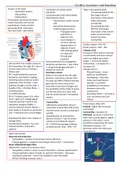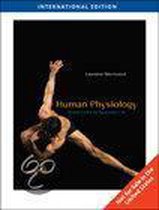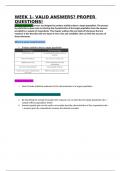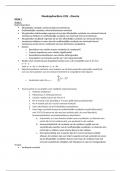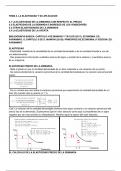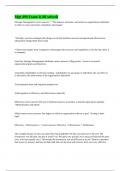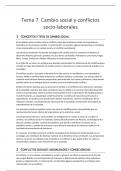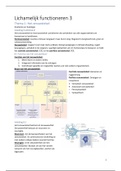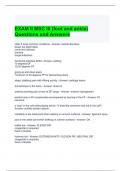Notizen
Cardiac structure and function
- Kurs
- Hochschule
- Book
A summary of the notes on cardiac structure and function including cardiac action potentials (APs), the tissue layers within the heart and the factors affecting cardiac output and contractility.
[ Mehr anzeigen ]
